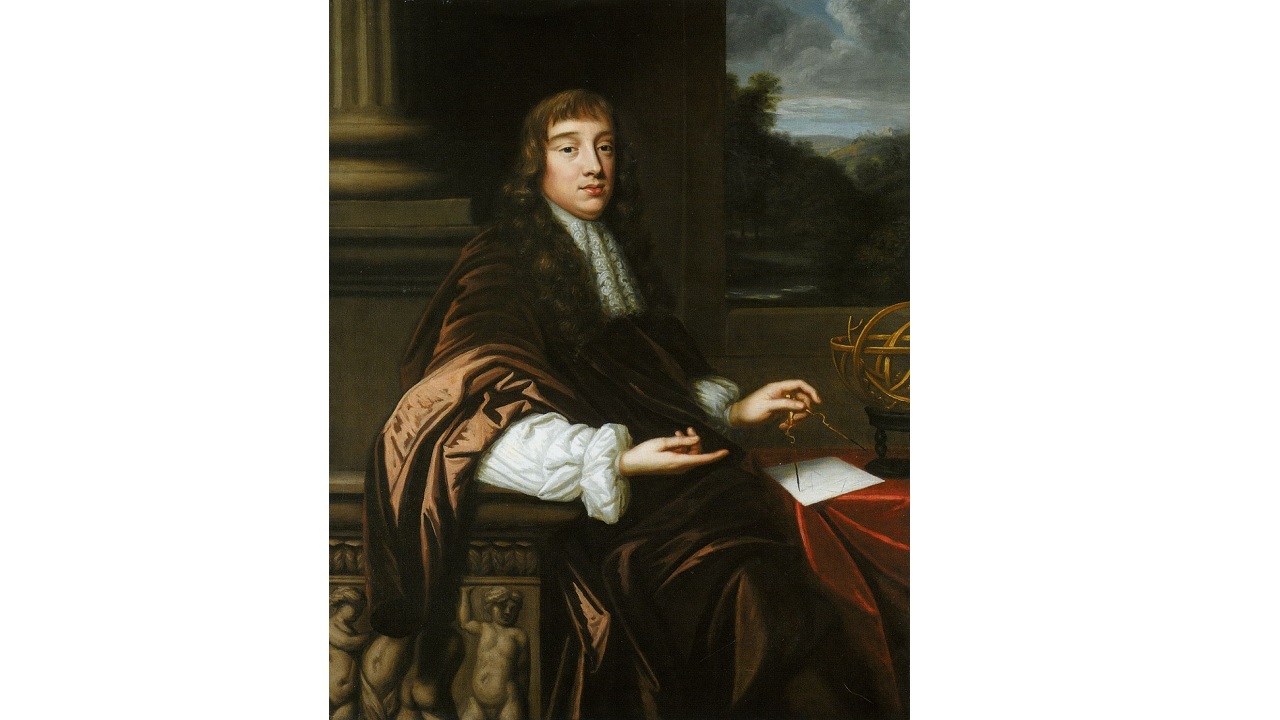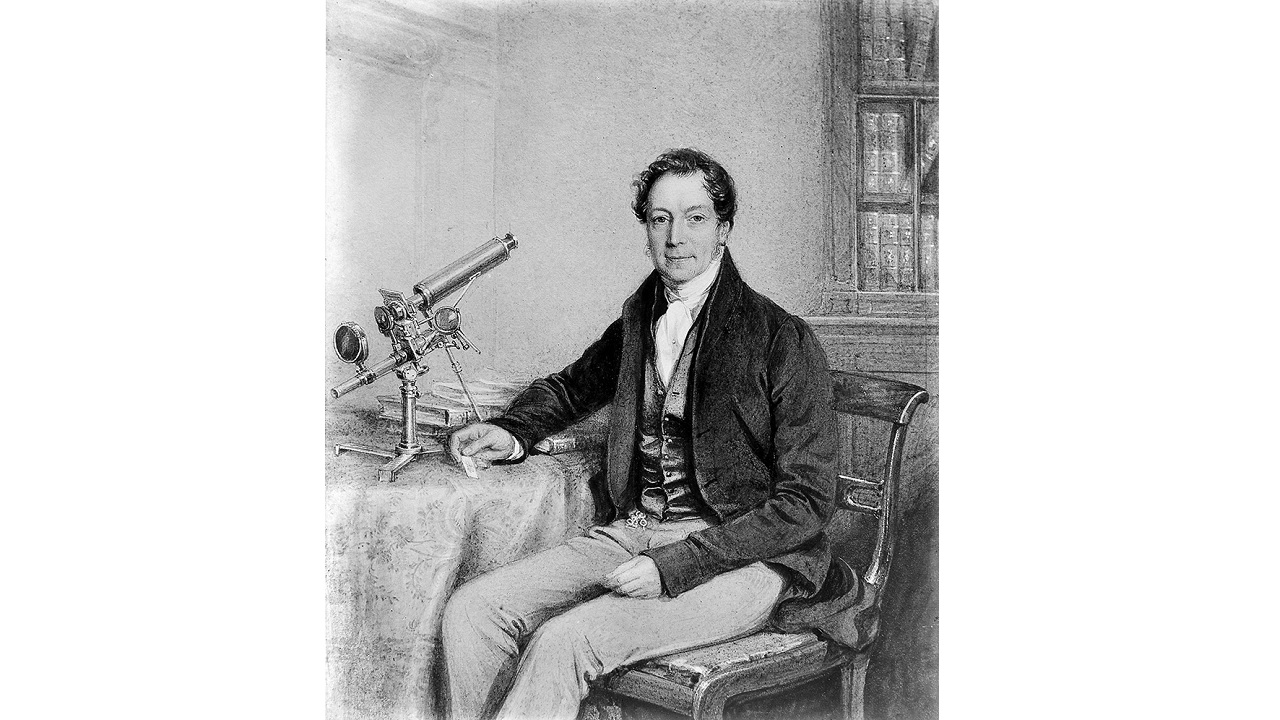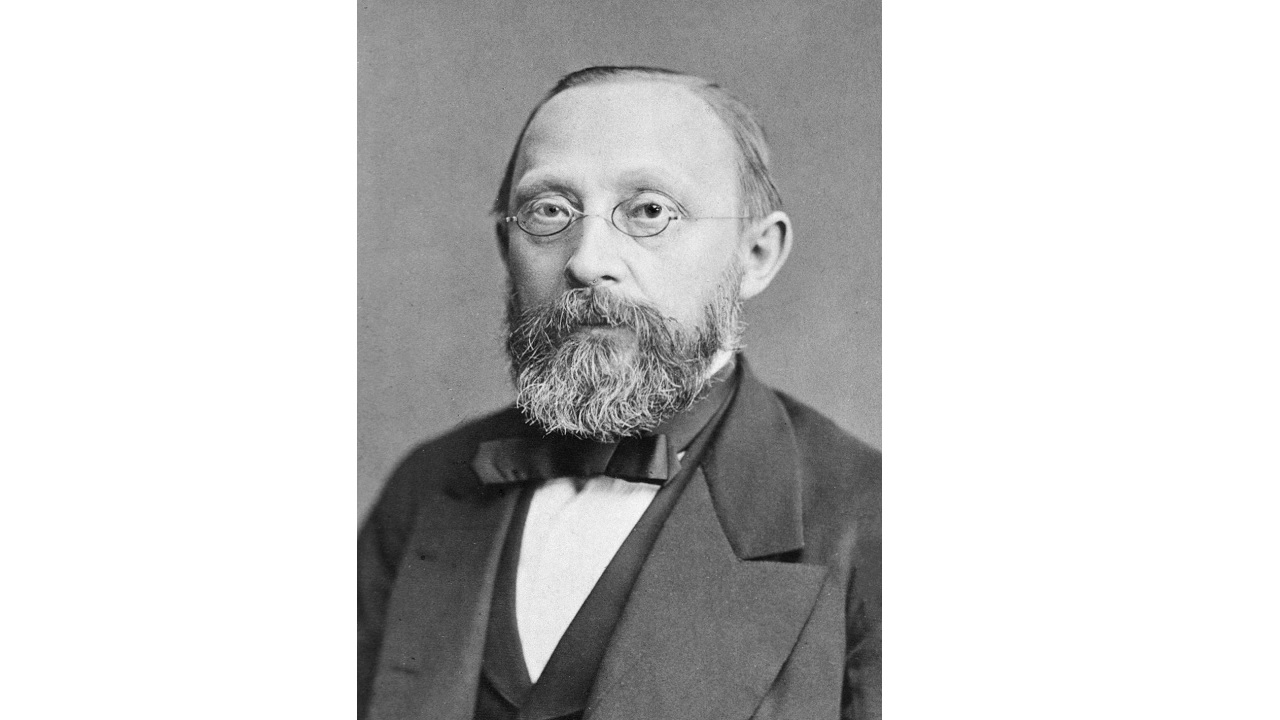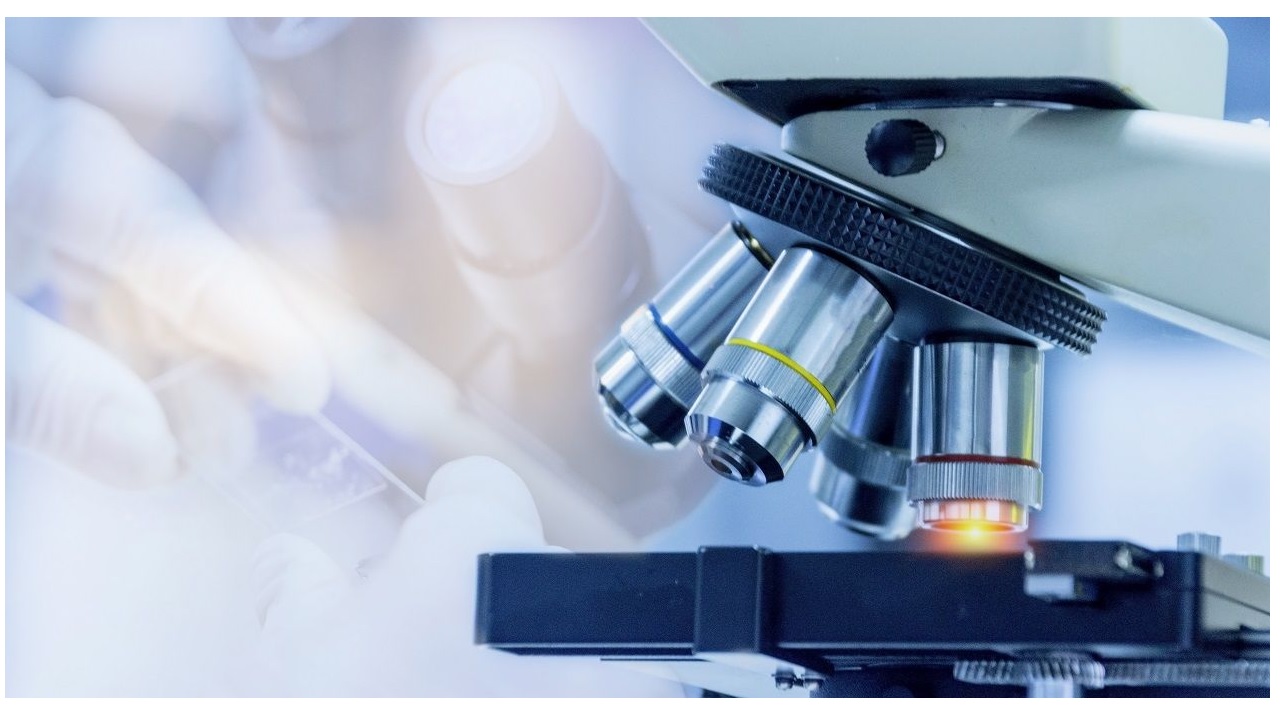When humanity started to make sense of what it saw, it came to things that were too small to see, and invented the necessary instrument, the microscope, to observe them. Although its inventor is not known for certain, let’s take a closer look at the history of the microscope and see who invented the microscope in all its details.
We have told the story of inventing the telescope to explore things that are too far away for humanity to see in our article here. However, scientists were not satisfied with this, and in a similar period, They invented the microscope to discover things too small for them to see. There is no definite answer to the question of who invented the microscope, because many people worked on the same instrument at the same time.
Just like all scientific discoveries and studies, the microscope is one of the best inventions over time. But strangely, there is not much difference between the first invented microscope and the one used today. Because the goal is the same, to make those tiny things visible. Bride who invented the microscope Let’s take a closer look at the history of the microscope and why it is important for humanity.
We do not know who invented the microscope:
As we mentioned in the introduction, it is not possible to say that one or another invented the microscope, but the first real microscope using two lenses, By Dutch eyeglass maker Zacharias Janssen in the 1600s known to have been made. Janssen’s microscope showed what he was examining 20 to 30 times larger than normal.
When we come to the 1660s, Antonie van Leeuwenhoek, who was also a Dutchman, he made a microscope with his own lenses known. However, this invention looked more like a single-lens magnifying glass than a microscope. Still, it was functional and could magnify what it was examining up to 200 times.
Antonie van Leeuwenhoek used this microscope to analyze animal tissues, plant tissues, human sperm, blood cells, minerals and some fossils. has observed. He even presented the information he gained from these observations to the Royal Society in London.
Cell and pores are discovered:

Antonie van Leeuwenhoek, while continuing these studies as an amateur, was one of the leading scientists of the period. Robert Hooke with a similar microscope He made important studies and presented them to the Royal Society in London. Robert Hooke later even opened an exhibition of these works.
Robert Hooke’s importance for science is hidden in his discoveries. He discovered the pores while examining a mushroom slice. Robert Hooke coined the term cell, which would later be considered the building blocks of all living organisms, plants and animals.
We are talking about a very primitive period for scientific studies. On top of that because microscope glasses have been a problem for many years Many researchers refused to work with the microscope and to make examinations. Until much cleaner glasses began to be used.
A revolution for the microscope:

Although it has been a long time since the microscope was invented, microscope glasses have been used for 200 years. causing deviations, pollution and observation errors. Actually, the problem wasn’t with the microscopes, the real problem was with the microscope glasses.
Microscope glasses had two main problems; image blurring called spherical aberration and color separation called chromatic aberration. In 1830, British physicist Joseph Jackson Lister made an agreement with an instrument manufacturer, William Tulley, to produce a microscope without these two known faults.
In fact, the solution to these problems was extremely simple. Discoloration and discoloration by using much purer glasses The image resolution issue has been resolved. Mirrors were added to the microscope, allowing it to receive more light, thus making the images much clearer.
Microscope use in medicine:

Although it was used in physics, chemistry and similar fields, the microscope was not used in medicine for a long time. Until the display problems were resolved in the 1830s. After this period microscopes are actively used in laboratories. The cell began to be used in cell theory and other biological research.
Between 1838 and 1839, two German scientists, Mathias Schleiden and Theodor Schwann, put forward many years ago. they realized that the term cell was actually the cornerstone of plant and animal life. Theodor Schwann realized the importance of the microscope once again when he started to study medicine.
Theodor Schwann’s theory about the impact of cellular movements on human health, It was cared for by the German pathology researcher Rudolf Virchow. Rudolf Virchow advised his students to work with a microscope throughout his life and said that tissue and cell research plays an important role in disease findings.
Perhaps the largest of the studies using microscopes in the following years was done by Arthur Hill Hassall. Arthur Hill Hassall, examining drinking water in discovered that there are substances harmful to human health and perhaps he has signed on to work that has saved the lives of billions of people today.
Microscope types:
- stereo microscope
- compound microscope
- inverted microscope
- metallurgical microscope
- polarized microscope

Stereo microscope:
Stereo microscope with magnification from 10x to 40x It provides a 3D and stereo image. Used in manufacturing, quality control, coin collecting, science, school projects, and botany. It is a type of microscope that is small and easy to use.
Compound microscope:
The compound microscope, called the biological microscope; laboratories, schools, wastewater treatment plants, It is used in veterinary offices and in the fields of histology and pathology. A sample is placed on a slide in a compound microscope and flattened with a coverslip.
Inverted microscope:
inverted microscope; It provides 40x, 100x and sometimes 200x and 400x magnifications. inverted microscopes, used to view live samples in a petri dish. Its usage areas are mostly live cell imaging, developmental biology, cell biology, neuroscience and microbiology.
Metallurgical microscope:
Metallurgical microscopes are powerful microscopes developed to view samples that do not allow light to pass through. Thanks to the reflection of the light It provides 50x, 100x, 200x and sometimes 500x magnifications. It is used even in micron level inspections.
Polarized microscope:
Polarized microscopes are a type of microscope that uses polarized light to study chemicals, rocks, and minerals. It is widely used by geologists, petrologists, chemists and the pharmaceutical industry. Ideal for viewing birefringent materials.
used to see the invisible who invented the microscope We examined the history of the microscope and the types of microscopes used today. It is truly astonishing that the invention of a sober optician is shaping today’s world of science.
